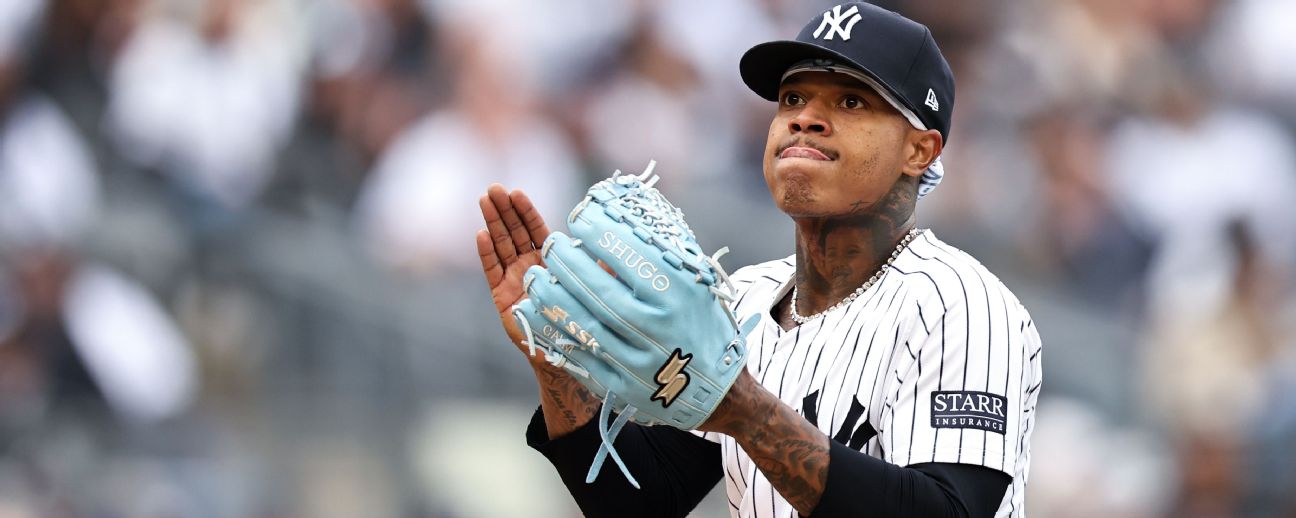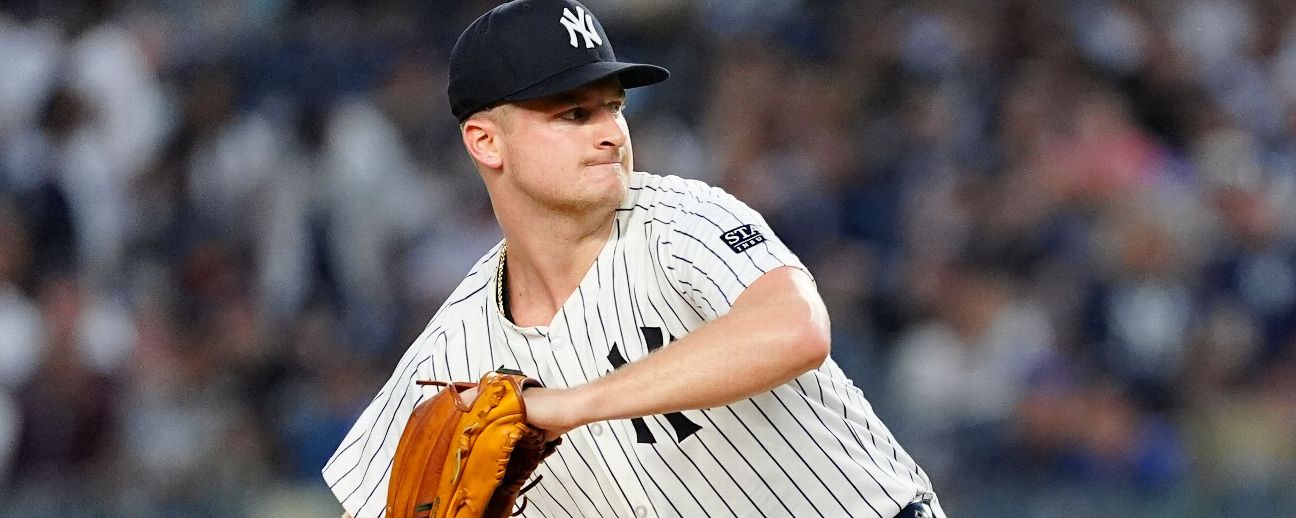The American League Division Series between the Kansas City Royals and the Yankees is heating up. more spicy than anticipated. The Yankees lead the series 2-1, but their starting pitching appears to be faltering. Was it a mistake to leave Marcus Stroman off the postseason roster?
The Yankees’ opening pitching hasn’t been as good as we know it can be thus far. Not one of their first three starts has made it past the fifth inning. The outcomes of these starts should cause Stroman’s name to become somewhat more well-known.

Even though they won Game One, there were some issues with Gerrit Cole. He was a strikeout artist, but his command and pitch placement were lacking. The Yankees’ ace lingered in the zone, and his sacrifices were accepted.
In this performance, Cole only managed to survive five innings while giving up three earned runs. He was unable to win since he ended the game ahead of schedule. Fortunately, the Yankees managed to secure the 6-5 triumph.
The starting for Game Two likewise had trouble. Carlos Rodón, a southpaw with a very dubious line, managed to hold on for just 3 2/3 innings. The lefty gave up seven hits and four earned runs, including a home run, despite recording seven strikeouts.
In this game, the Royals only managed to score four runs. The Yankees then used seven relievers to finish up the remaining innings. Kansas City won 4-2 even though the bullpen produced zero hits.
In Kansas City for Game Three, the Yankees chose to start Clarke Schmidt. Schmidt did not last past five innings, like the other two starts. He worked for 4 2/3 innings before finishing.
Schmidt struck out four batters and walked one while giving up two runs on four hits. It’s true that the right-hander was quite strike-prone. But he did not live the long life that was anticipated of him.
Given that none of the three starters have gone beyond five innings, Marcus Stroman will undoubtedly be required if the Yankees are to advance. Stroman would have been useful for depth as well as effectiveness.
Depending on matchups, the right-hander might be entered to fill a rotational role and serve as a platoon starter. Alternatively, he might come out of the bullpen after a few innings. By doing this, the workload in the bullpen would be controlled and arms would remain available for other circumstances.
With 30 2/3 innings of postseason experience, Stroman has dealt with a variety of high-stress scenarios. With 21 strikeouts in five starts, the righty’s record is 1-1.

It is well recognized that Stroman performs a wide range of material with emphasis. His arsenal of seven pitches is unpredictable and effective. His performance matters whether he is used as a relief or a starter.
Stroman uses his slider, slurve, and curveball with deliberateity to force a lot of flyouts and groundouts. The put-away percentage for the slider is 18%, the slurve is 15.3%, and the curveball is 15.2%.
This season, Stroman’s walk rate is 8.9%, and his 40.2% hard-hit ball against percentage is below 50%. With a 6.7% barrel rate, he is not hitting hitters in their wheelhouses and misses barrels.
By the end of the season, Stroman had a ground ball percentage of 49.9% and a fly ball percentage of 23.3%. His numbers match his usage of pitches and pitch alternatives. Even if his innings of work were the same or even fewer, his stats could assist ease New York’s beginning pitching shortage.
Leaving Stroman off the postseason roster may have been a mistake on the part of the Yankees.



